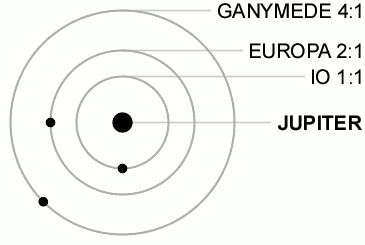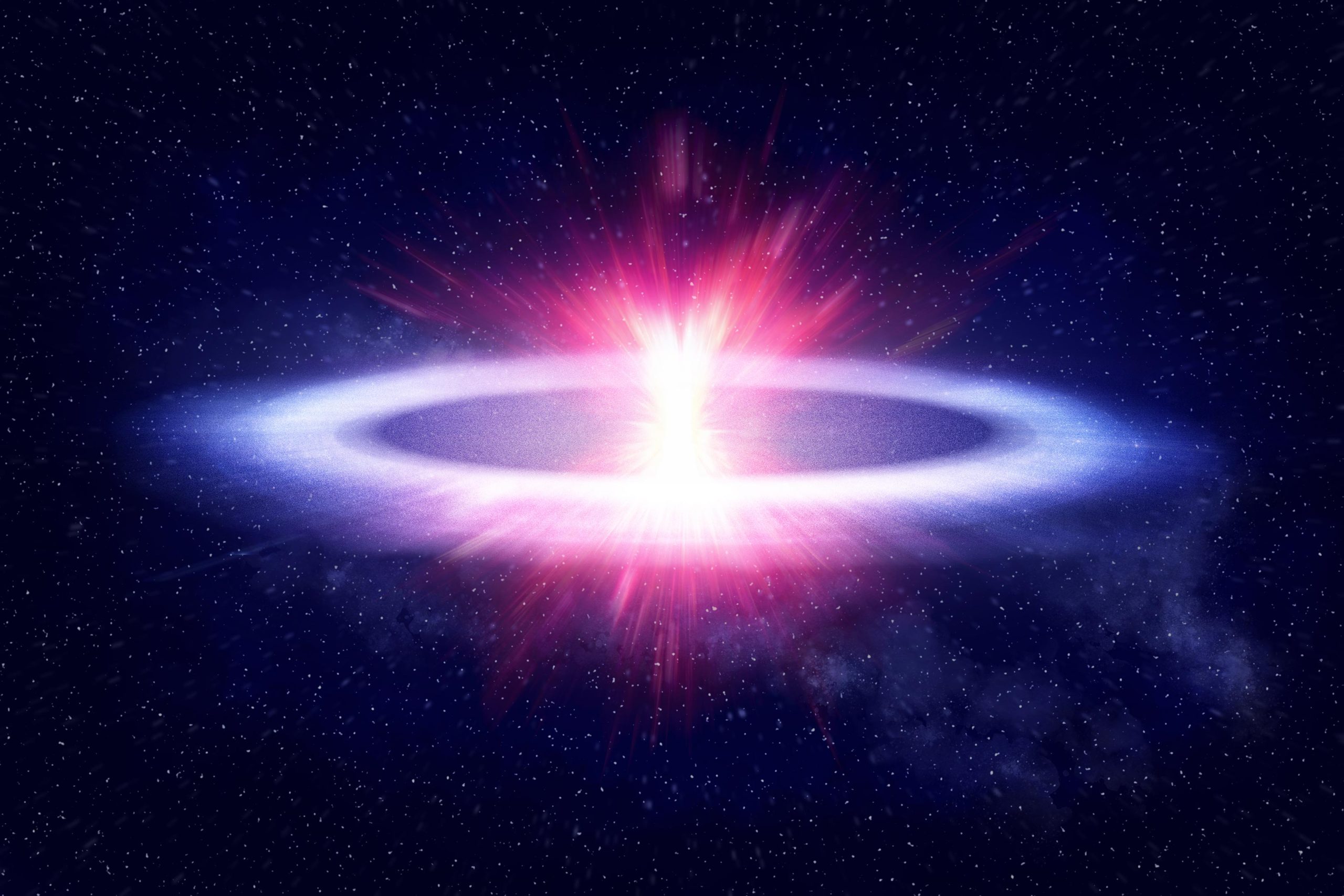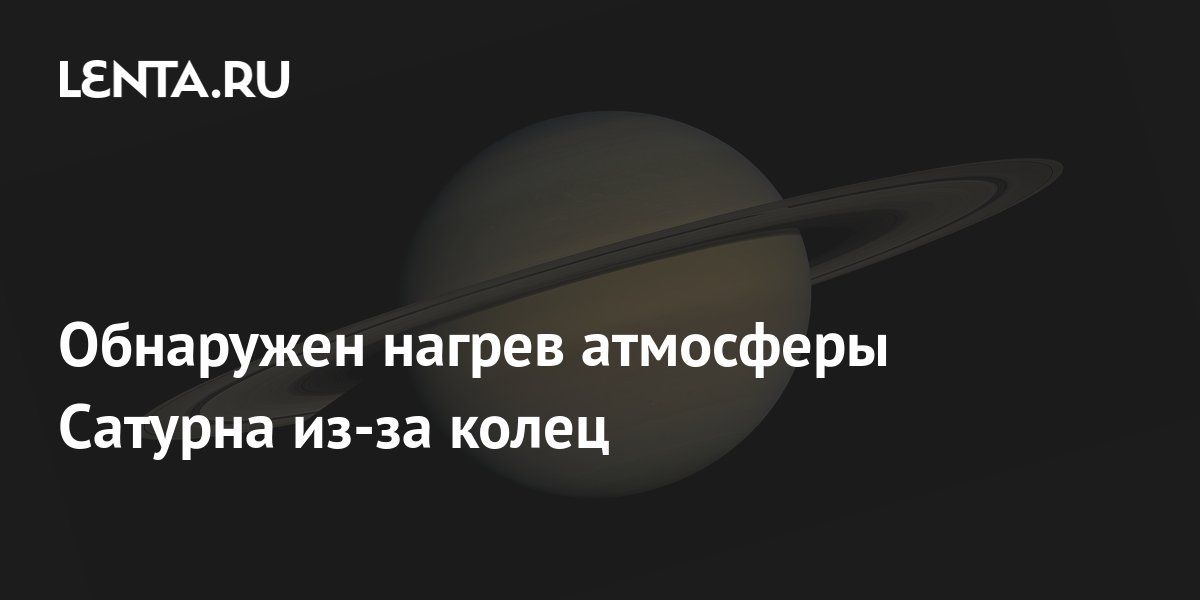This event attracted attention and was captured by NASA's Stereo Ahead spacecraft
The images show the Sun, the planet Earth and an object that seems to emit a force field or camouflage. This object has lunar dimensions. The question would be how come amateur astronomers have not reported it.
At 56" of the video, solar activity is shown, with our planet in the center and the object believed to be emitting a field on the left side.
NASA says it is the reflection of the planet Venus in the spacecraft camera lens. In fact, its appearance coincides with increased solar activity... or is it that CMEs make it visible?
Lens anomaly? UFO? Celestial object?
Optical anomaly IMO
NASA's Solar TErrestrial RElation Observatory (STEREO) mission consists of two identical spacecraft that were placed in two different orbits around the Sun. STEREO Ahead was placed slightly closer to the Sun than the Earth and STEREO Behind slightly farther away than the Earth. This causes it to be sent farther in front and gradually slow down behind the Earth's orbit and thus exposes the hidden face of the Sun.
Communications with STEREO Behind were lost on October 1, 2014, due to multiple hardware anomalies affecting spacecraft orientation control. There is currently no real-time data available from STEREO Behind.
SpaceWeatherlive.com
The images show the Sun, the planet Earth and an object that seems to emit a force field or camouflage. This object has lunar dimensions. The question would be how come amateur astronomers have not reported it.
At 56" of the video, solar activity is shown, with our planet in the center and the object believed to be emitting a field on the left side.
NASA says it is the reflection of the planet Venus in the spacecraft camera lens. In fact, its appearance coincides with increased solar activity... or is it that CMEs make it visible?
Lens anomaly? UFO? Celestial object?
Lens failure? The huge anomaly next to our planet Earth that appears regularly when solar activity increases.
Optical anomaly IMO





